Digital Still Camera How It Works ?
A digital still camera, also known as a digital camera, works by capturing and storing photographs in a digital format. It uses an image sensor, typically a charge-coupled device (CCD) or a complementary metal-oxide-semiconductor (CMOS) sensor, to convert light into electrical signals. When you press the shutter button, the camera's lens focuses the light onto the image sensor, which then converts the light into a digital image.
The electrical signals from the image sensor are processed by the camera's internal processor, which applies various adjustments and enhancements to the image, such as white balance, exposure, and color correction. The processed image is then compressed and stored in a digital file format, such as JPEG or RAW.
Digital cameras also have various settings and features that allow users to control aspects like aperture, shutter speed, ISO sensitivity, and focus. These settings give photographers more control over the final image and allow for creative expression.
Once the image is captured and stored, it can be previewed on the camera's LCD screen or transferred to a computer or other devices for further editing, sharing, or printing.
1、 Image capture and sensor technology in digital cameras
A digital still camera, also known as a digital camera, is a device that captures and stores photographs in digital format. It works by using image capture and sensor technology to convert light into digital data.
The process begins with the camera lens, which focuses light onto a sensor. The sensor, typically a charge-coupled device (CCD) or a complementary metal-oxide-semiconductor (CMOS) sensor, is made up of millions of tiny photosensitive elements called pixels. Each pixel measures the intensity of light that falls on it and converts it into an electrical charge.
Once the light is converted into electrical charges, an analog-to-digital converter (ADC) converts these charges into digital data. The ADC assigns a numerical value to each pixel based on its charge, creating a digital representation of the image.
The digital data is then processed by the camera's image processor, which applies various algorithms to enhance the image quality. This includes adjusting the color balance, sharpness, and contrast, as well as reducing noise and correcting for lens distortions.
The processed image is then stored in a memory card or internal memory of the camera. The storage capacity of the camera determines the number of images that can be captured and stored.
In recent years, digital cameras have seen advancements in sensor technology, leading to improved image quality and performance. CMOS sensors, in particular, have become popular due to their lower power consumption and faster readout speeds. Additionally, higher resolution sensors have allowed for capturing more detailed images.
Furthermore, advancements in image processing algorithms have enabled features such as face detection, image stabilization, and high dynamic range (HDR) imaging. These advancements have made digital cameras more user-friendly and capable of capturing stunning photographs.
Overall, the combination of image capture and sensor technology in digital cameras has revolutionized the way we capture and store images, providing convenience, versatility, and high-quality results.
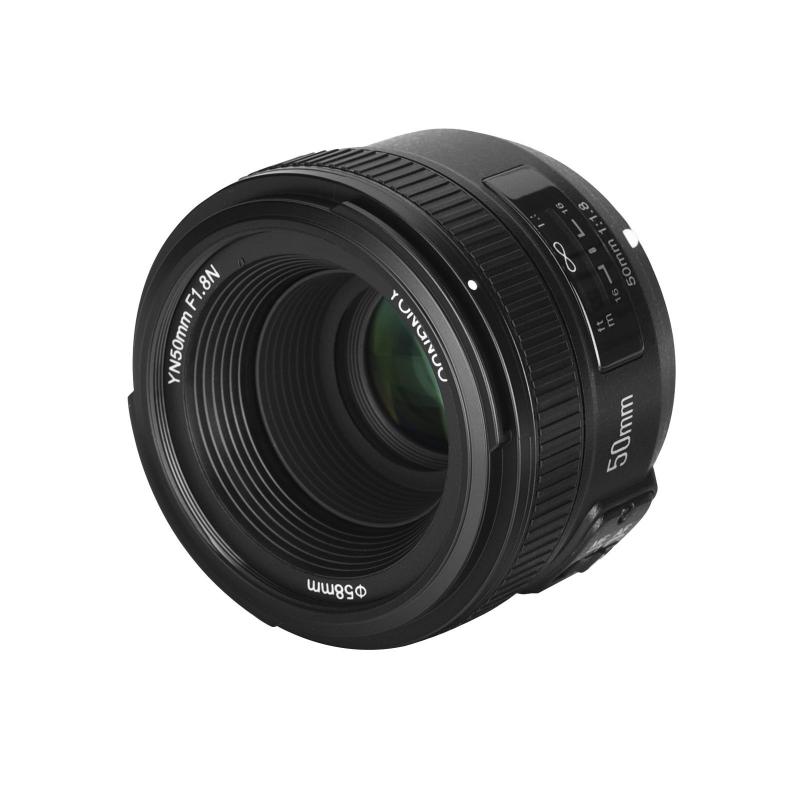
2、 Lens and optics in digital still cameras
A digital still camera, also known as a digital camera, is a device that captures and stores photographs in digital format. It works by using a combination of lens and optics to focus light onto an image sensor, which then converts the light into digital data.
The lens in a digital still camera plays a crucial role in capturing high-quality images. It consists of multiple glass elements that work together to focus light onto the image sensor. The lens aperture controls the amount of light entering the camera, while the focal length determines the field of view and magnification of the image. Some digital cameras also feature zoom lenses, allowing users to adjust the focal length and capture images from a distance.
The optics in a digital still camera refer to the various components that assist in image formation and quality. These include filters to adjust color balance, image stabilization mechanisms to reduce blur caused by camera shake, and anti-aliasing filters to minimize moiré patterns. Additionally, many digital cameras now incorporate advanced features such as autofocus systems, which use sensors and algorithms to automatically focus on the subject.
In recent years, there have been advancements in lens and optics technology in digital still cameras. Manufacturers are constantly striving to improve image quality, low-light performance, and overall functionality. For example, some cameras now feature larger image sensors, which allow for better low-light sensitivity and increased dynamic range. Additionally, lens coatings and design improvements have led to reduced lens flare and improved sharpness.
Overall, the lens and optics in digital still cameras are essential components that contribute to the quality and versatility of the images captured. As technology continues to advance, we can expect further improvements in lens and optics design, leading to even better image quality and enhanced shooting capabilities.
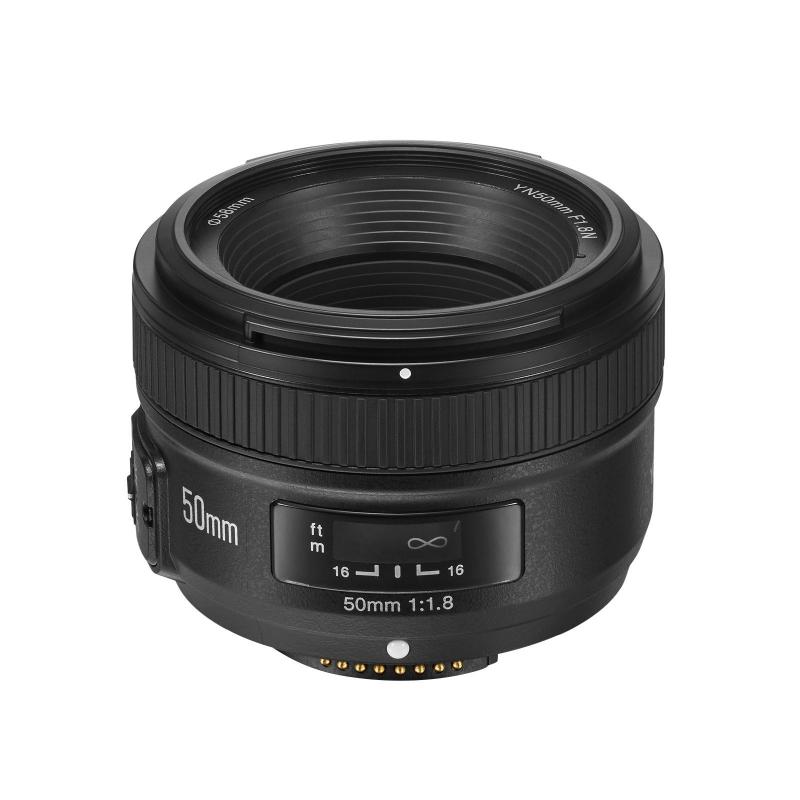
3、 Image processing and compression in digital camera systems
A digital still camera, also known as a digital camera, is a device that captures and stores photographs in digital format. It works by converting light into electronic signals that can be processed and stored as digital images.
The process starts with the camera's lens, which focuses light onto an image sensor. The image sensor is made up of millions of tiny light-sensitive elements called pixels. Each pixel measures the intensity of light that falls on it and converts it into an electrical charge.
Once the image sensor captures the light, the analog signals are converted into digital data through an analog-to-digital converter (ADC). This process assigns a numerical value to each pixel based on its intensity.
The digital data is then processed by the camera's image processor. The image processor performs various tasks such as noise reduction, color correction, and image enhancement. It also applies algorithms to improve the overall quality of the image, such as sharpening edges and adjusting contrast.
After the image processing stage, the digital image is compressed to reduce its file size. Compression algorithms, such as JPEG (Joint Photographic Experts Group), are commonly used in digital cameras. These algorithms remove redundant information from the image while preserving the essential details. The level of compression can be adjusted by the user, with higher compression resulting in smaller file sizes but potentially lower image quality.
The compressed image is then stored on a memory card or internal memory of the camera. It can be transferred to a computer or other devices for further editing or sharing.
In recent years, advancements in digital camera technology have led to improvements in image quality, low-light performance, and faster processing speeds. Additionally, the rise of smartphone cameras has brought about innovations such as computational photography, which uses software algorithms to enhance images and create features like portrait mode and night mode.
Overall, digital still cameras have revolutionized the way we capture and store photographs, offering convenience, flexibility, and the ability to instantly view and share images.
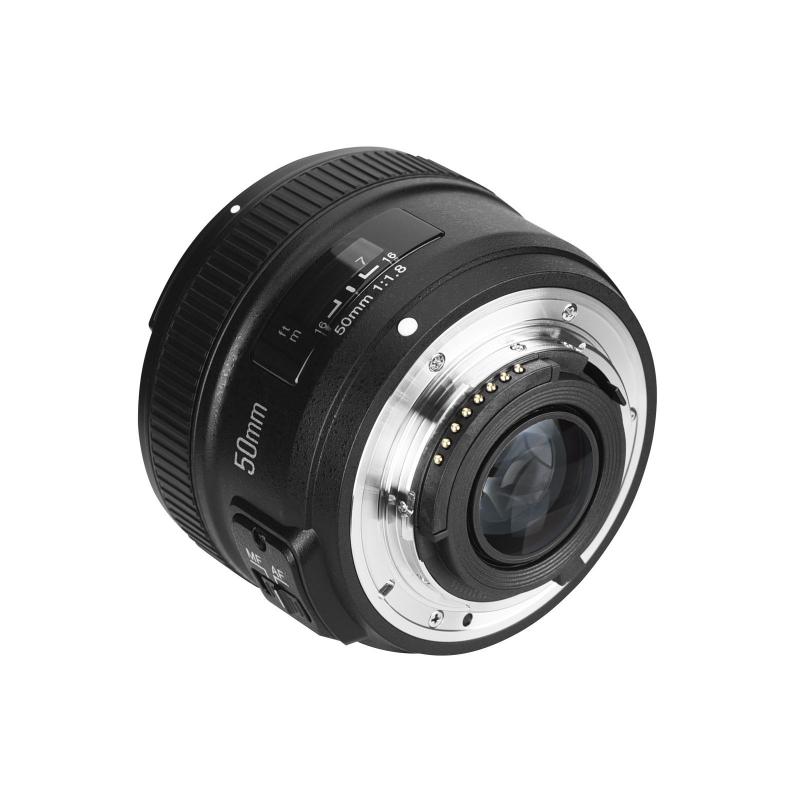
4、 Storage and memory in digital still cameras
Storage and memory in digital still cameras play a crucial role in capturing, storing, and retrieving images. These cameras use various technologies to store and manage the vast amount of data generated by high-resolution images.
Digital still cameras typically use removable memory cards as the primary storage medium. These cards, such as Secure Digital (SD) or CompactFlash (CF) cards, provide a compact and portable solution for storing images. The camera writes the image data onto the memory card, which can then be removed and inserted into a computer or other device for further processing or storage.
The capacity of memory cards has significantly increased over the years, allowing photographers to capture a large number of high-resolution images without worrying about running out of storage space. The latest memory cards can store several terabytes of data, providing ample room for even the most demanding photographers.
In addition to removable memory cards, digital still cameras also have built-in memory. This internal memory serves as a temporary storage buffer, allowing the camera to quickly capture and process images. However, the internal memory is usually limited in capacity and is primarily used for storing a few images before transferring them to a memory card.
To ensure reliable storage and prevent data loss, digital still cameras often employ error correction techniques and file systems optimized for flash memory. These technologies help maintain data integrity and improve the overall performance of the camera.
As technology advances, new storage solutions are being developed for digital still cameras. For example, some cameras now feature built-in solid-state drives (SSDs) or support for wireless transfer to cloud storage. These advancements provide photographers with more flexibility and convenience in managing their image files.
Overall, storage and memory in digital still cameras have evolved to meet the increasing demands of high-resolution photography. The latest advancements in memory card capacity, error correction techniques, and alternative storage solutions have greatly improved the overall user experience and workflow for photographers.
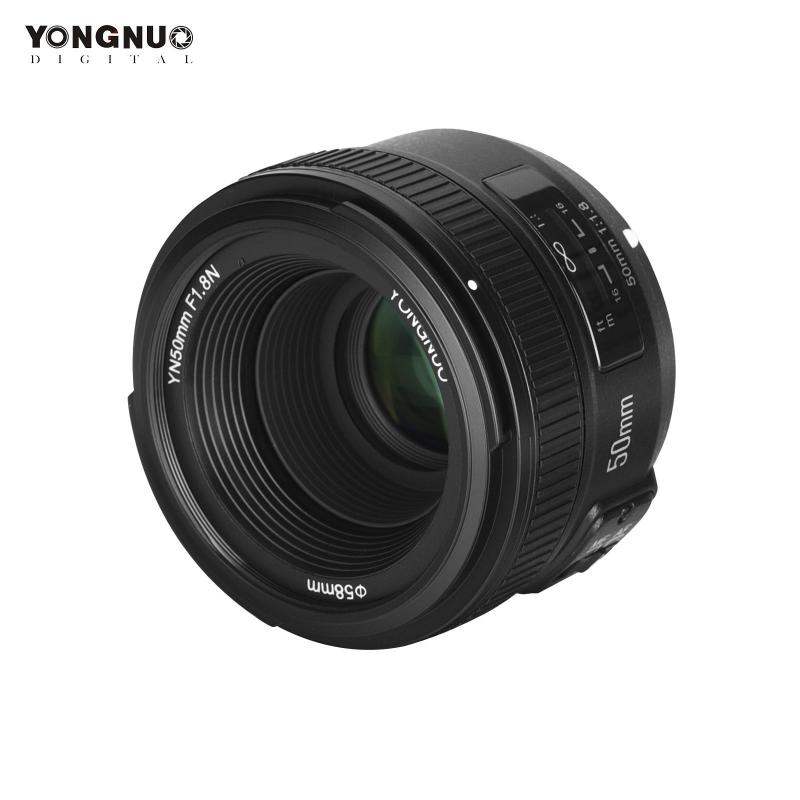



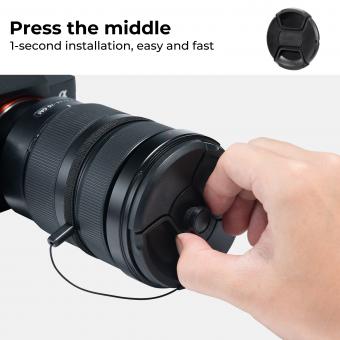




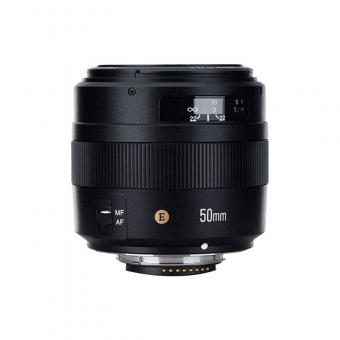



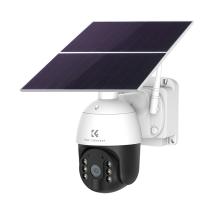








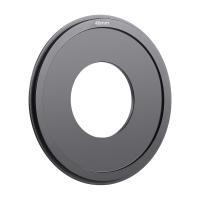




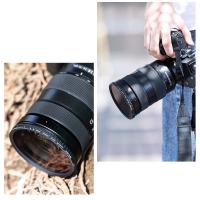


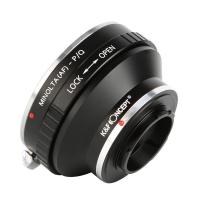
There are no comments for this blog.